Stress, dehydration, genetics and seasonal changes are all common headache triggers, but whether you get occasional tension headaches or debilitating migraines, it’s important to find a way to relieve the pain.
“The most common type is tension headache,” says Dr Sanad Esmail, a Consultant Neurologist. “Tension headaches are not usually disabling and they are eased with paracetamol, so if your headaches stop you from living your life normally then the diagnosis would likely be migraine. Migraine pain is usually throbbing pain and some people get symptoms like nausea and vomiting, sensitivity to light and aura, like zig zag lines or flashing lights. If your headaches are becoming intrusive and persistent, it’s important to speak to your GP.”
If you find you're a frequent sufferer from headaches, you probably don't want to always be reaching for medication. Dr Esmail is sharing his top tips for natural ways to ease the pain.
Do some simple neck stretches

Dr Esmail says headaches and neck pain are closely linked and often treating your neck can ease a headache. He explains, “Probably around 70-90 per cent of my patients will have associated neck pain. One of the things I recommend is regular neck stretching exercises, avoiding prolonged screen time and taking regular breaks at work.”
Yoga instructor Eloise Skinner explains how to properly stretch your neck and ease the tension held there. She says, “Sitting in a comfortable position, start with a lengthened spine, sitting tall without clenching your muscles too tightly. From here, drop your chin gently down to your chest and take a slow roll from one shoulder to another, allowing your chin to lead. As you reach the side of the stretch – where one ear is tilting down to your shoulder – you can pause for a moment, before rolling your chin through the centre and over to the other side. Repeat a few times, with deep breaths and a steady pace, and then bring your chin back through the centre. You can finish this exercise with a few big rolls of your shoulders.”
Consider your medication
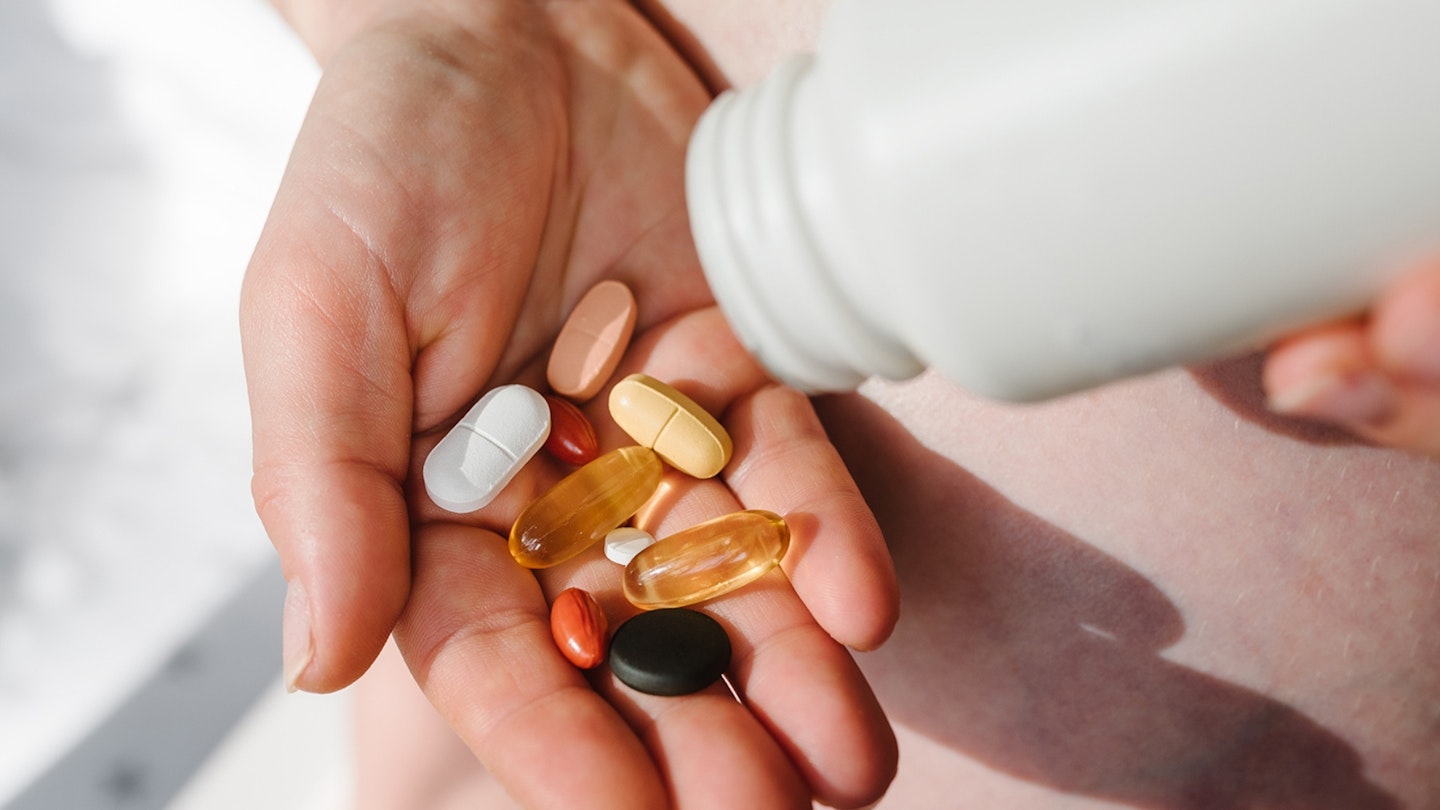
Some headaches can actually be caused by taking pain relief too often – called a medication overuse headache. If you’re getting regular headaches and taking painkillers, it can be a vicious cycle. All painkillers have the potential to cause this problem including paracetamol, aspirin and ibuprofen as well as medications prescribed for chronic headache and migraine like triptans and opiates.
Steph Weatherley, advisor at The Migraine Trust, explains, “If you are taking these medicines more than two days per week on average, it’s a good idea to ask your doctor or nurse for help. Reducing medication can be done slowly or abruptly, but most people find it easier to reduce gradually.”
Dr Esmail adds, “What happens is that the neurobiology of the brain changes and that can lead to persistent headaches. The treatment is to come off medication, which can result in a rebound headache to begin with.”
Try self-hypnosis
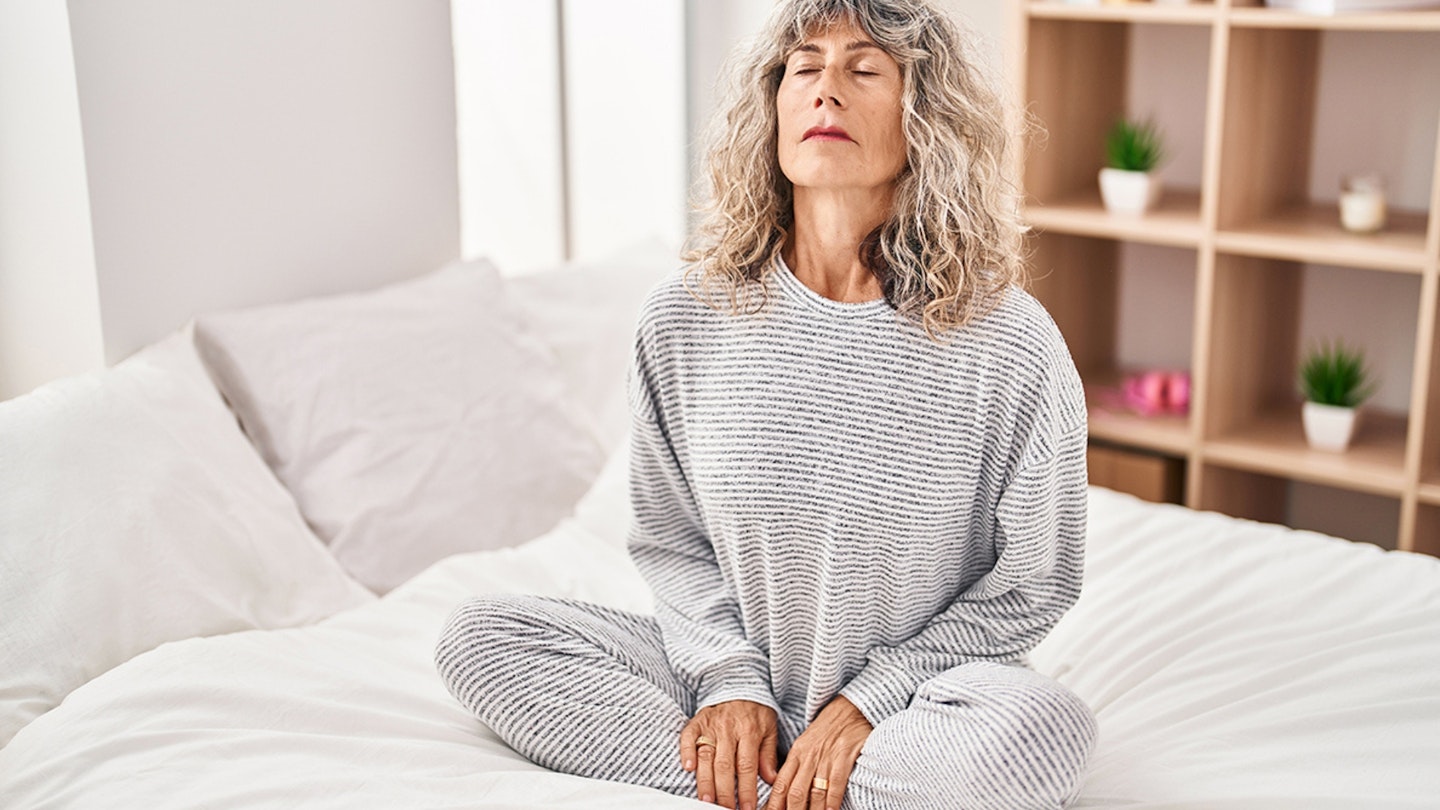
A study from 2022 of female migraine sufferers found that hypnotherapy can be an effective treatment for headache. And Dr Esmail says mindfulness can be helpful, explaining, “Mental strategies can help with the control of perception of pain.”
There are hundreds of guided self-hypnosis tracks on YouTube and Spotify you can do at home. Hypnotherapist Selina Wilson says, “I use a technique called visualisation to guide my clients in easing tension and alleviating headaches and migraine. One common visualisation method is called ‘healing white light’ where clients visualise their headache or migraine immersed in white light. I suggest lying or sitting in a quiet room and taking some time to do some deep breathing. Then imagine a healing gentle glow around your pain, breathe as you imagine it gently improving the pain and keep doing it until your pain starts to dissipate. There is a guided audio track for this on my website.”
Other techniques involve giving your headache a colour and visualising the size of it. You then in your head slowly shrink the size and change the colour to something restful, keep dimming it down until it becomes a transparent dot.
Selina adds, “Some may find visualisation challenging, it typically requires a bit of practice but it can achieve wonders for pain relief.”
Take a magnesium supplement
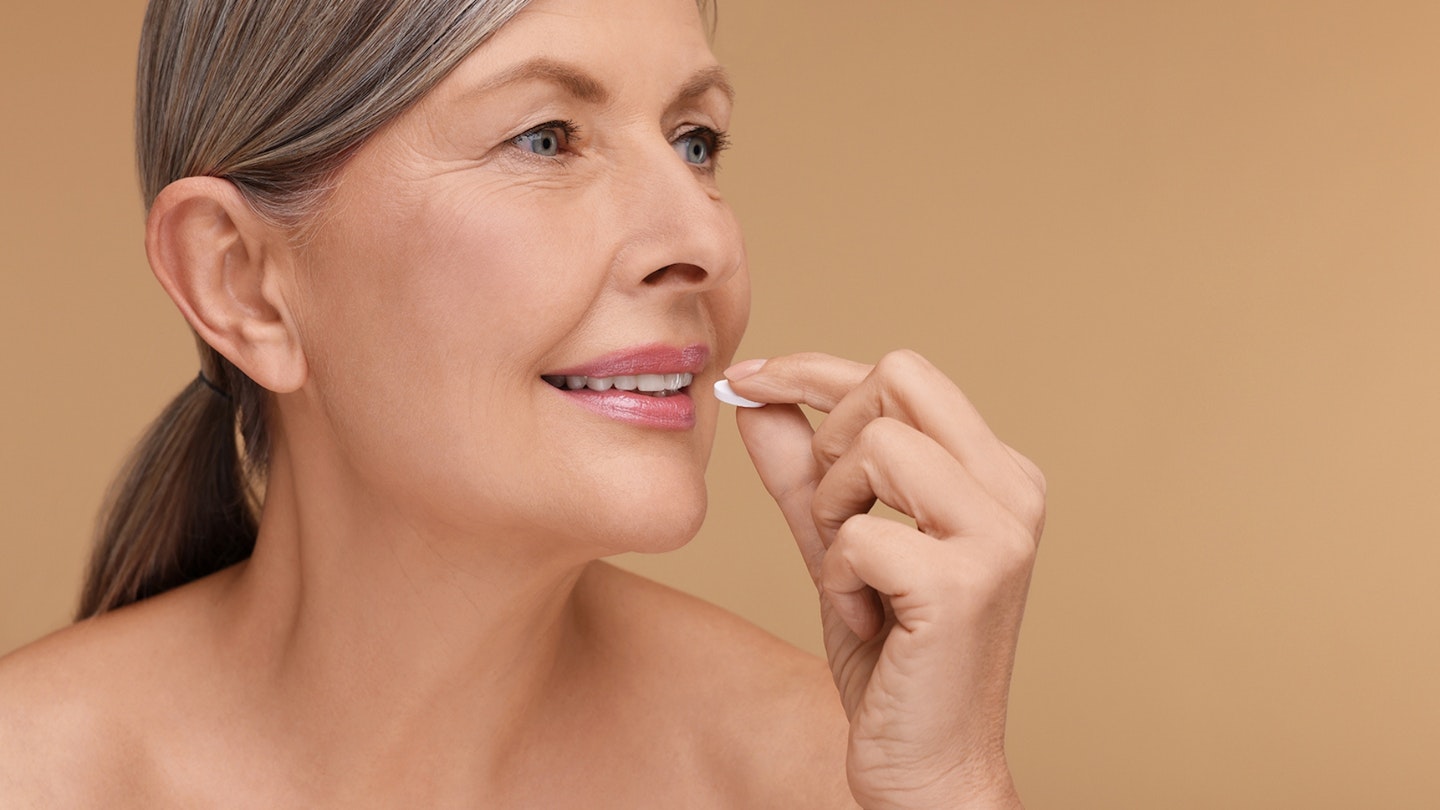
Some studies have found that people who have migraines tend to have lower levels of magnesium than people who don’t, and lots of sufferers have seen huge improvement from taking a supplement.
Steph Weatherley explains, “Magnesium plays an important role in a range of biological processes in the body and evidence suggests it can be effective as a preventative treatment for migraine. Only a few supplements have some evidence to show potential benefit including magnesium, riboflavin (B2) and co-enzyme Q10. If you’re going to start a supplement for migraine speak to your GP to make sure there are no reasons it may be unsafe for you.”
The Migraine Trust recommends starting with 400mg a day increasing to 600mg of magnesium if needed, but note that it can often take four or more weeks to notice an improvement.
Ease tension with yoga
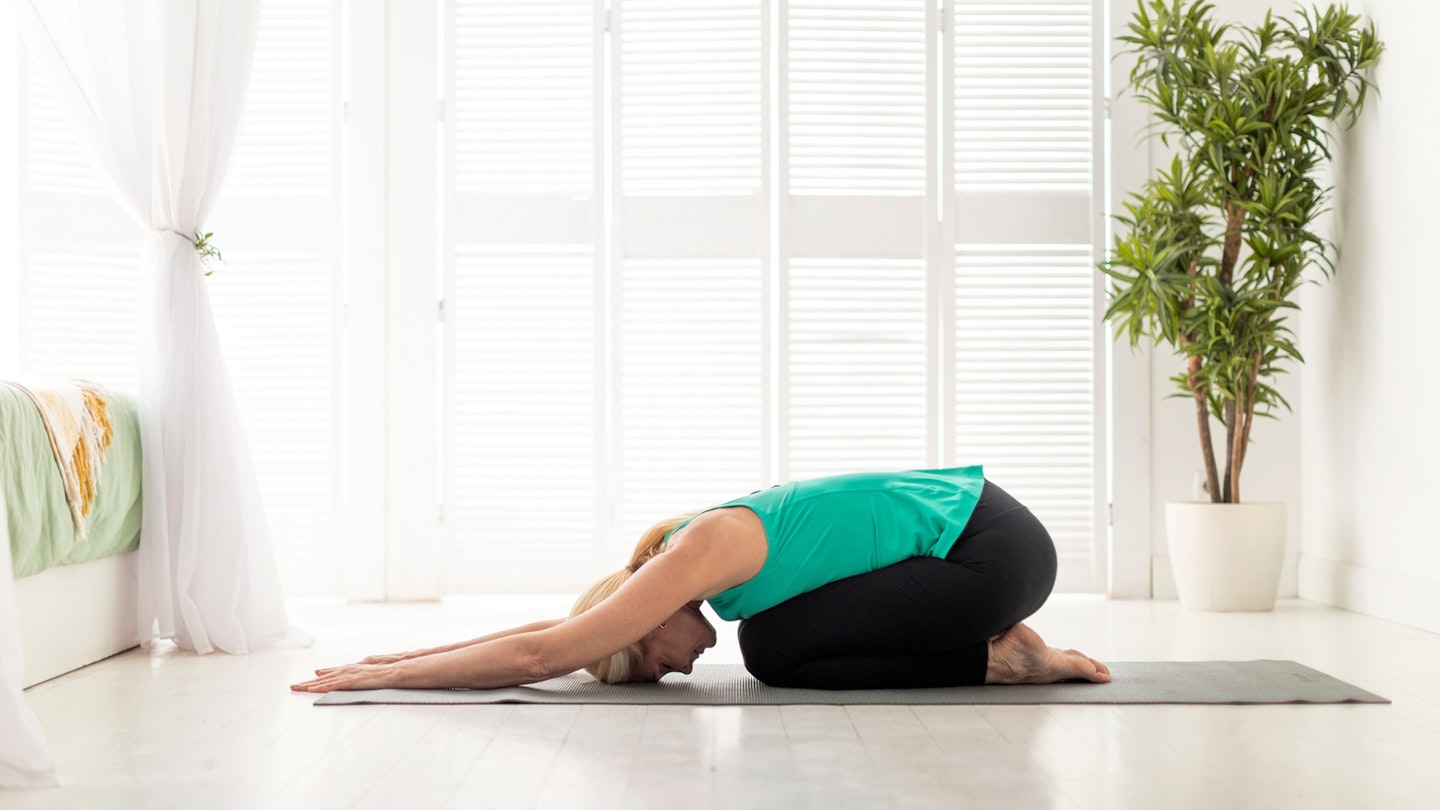
Studies have found a link between yoga and improved headache symptoms. Dr Esmail explains, “There is some evidence from multiple small randomised controlled trials that yoga can be beneficial in patients with headaches. Migraine might not respond as well, but yoga can still help physically due to the muscles stretching and with the mindfulness element.”
Eloise Skinner suggests the child’s pose. She says, “On a yoga mat or supportive surface, start on all fours, and then send your hips back towards your heels, keeping your arms outstretched. If your head touches the floor comfortably, you can rest your forehead down – or use a yoga block under your forehead, if that feels more supportive. You can also take your hands back towards your heels if it feels more comfortable in your shoulders. You should feel a stretch in your back and arms, and a sense of grounding through your forehead and upper body.”
Try cold therapy
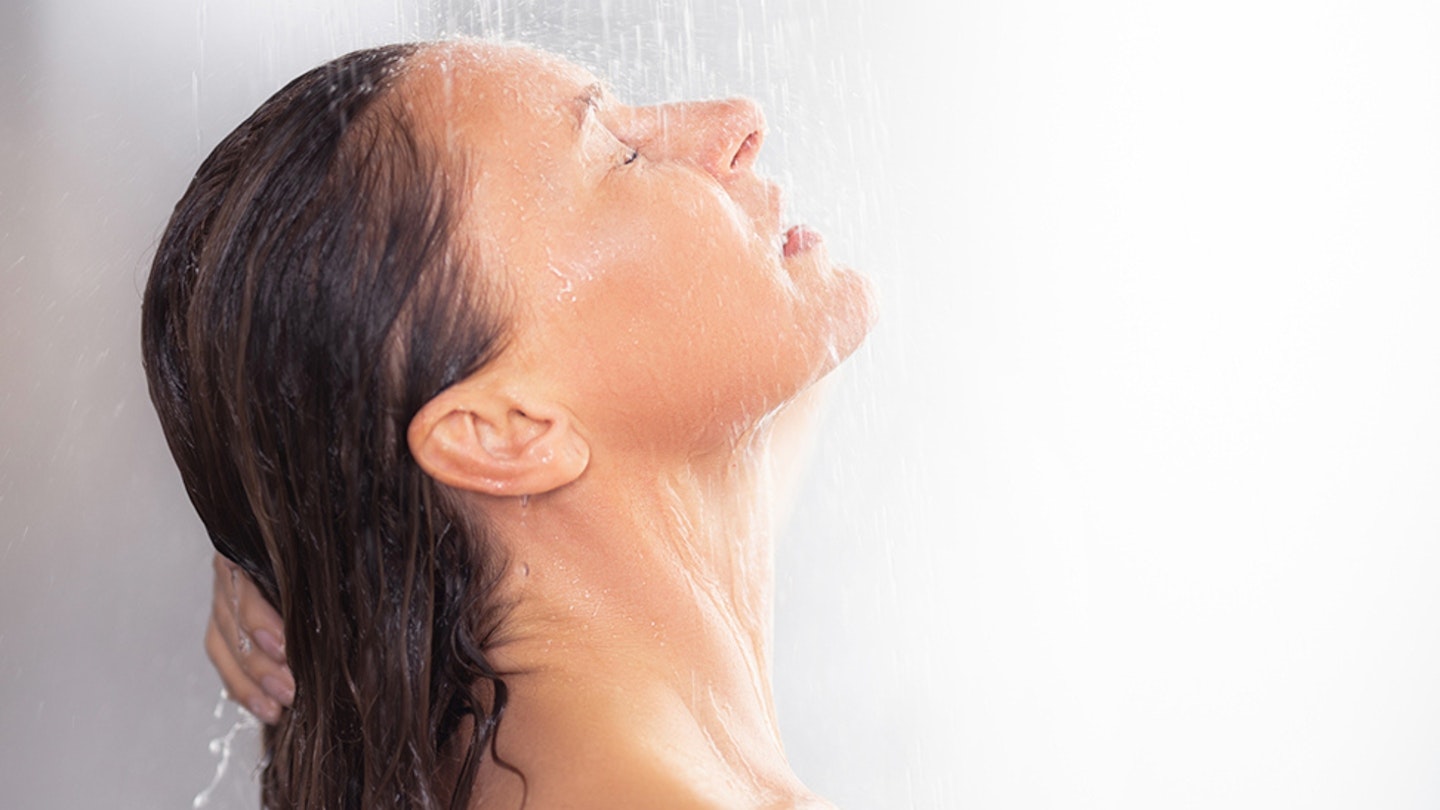
One study published in the Journal of Pain Research found that cold water therapy significantly reduced pain severity and duration of migraine attacks in participants. And a 2015 study found that cold therapy may ease headaches and migraines because cold application constricts blood vessels, which decreases blood flow and swelling. What’s more, a lot of migraine sufferers have found relief from cold water immersion – in a bath or shower. (Just go in gradually and listen to your body). Discuss this with your GP, before you try it.
Steph Weatherley says, “When attacks occur, some people find it soothing and relieving to apply cold packs to the head and neck area. There are cooling gels strips that can be purchased from supermarkets and pharmacies that stay cold for up to eight hours. You can use cold compresses, ice packs, bags of peas, gel cool packs that are kept in the freezer.”
Practise a temple massage
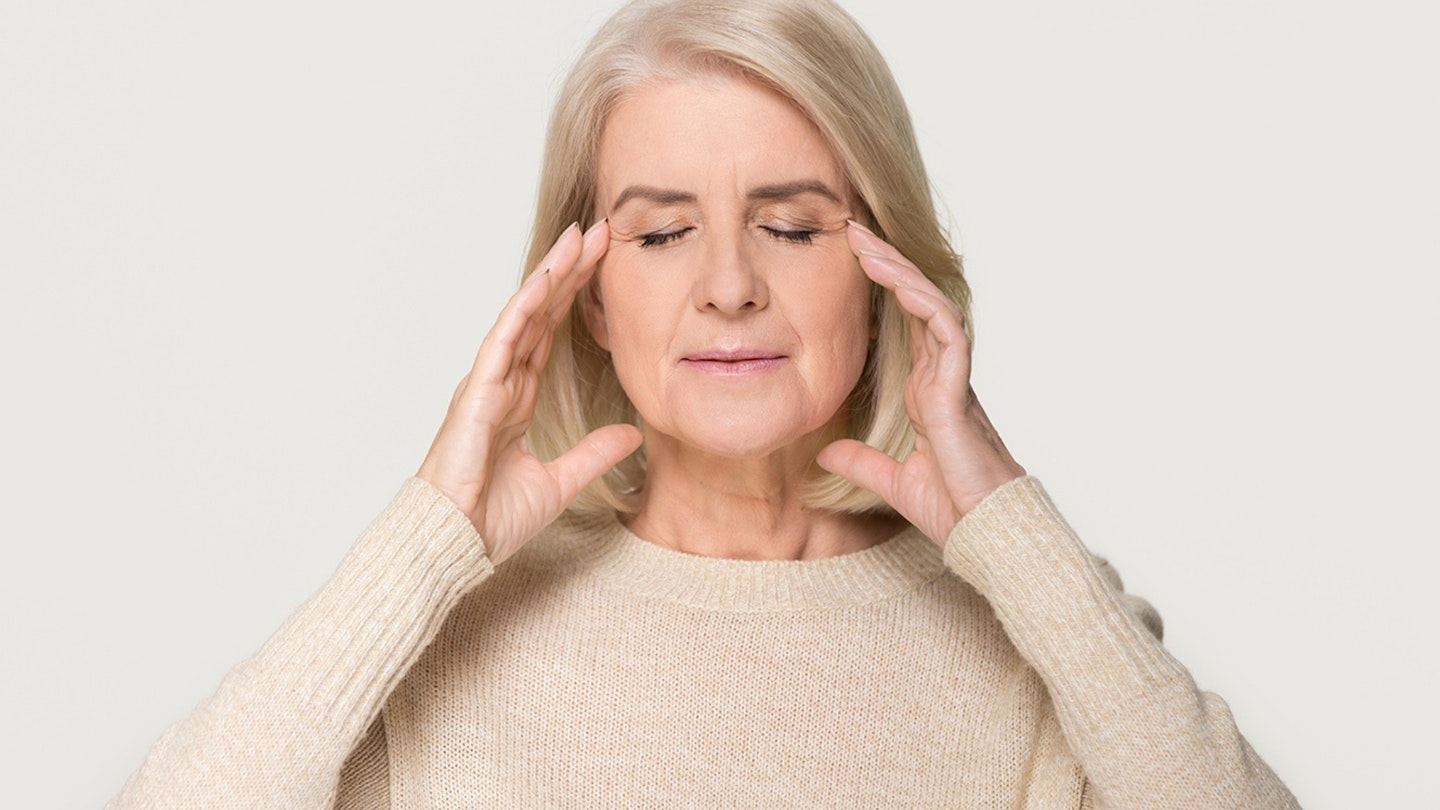
A quick five-minute self-massage can help alleviate pain from headaches. Eloise Skinner recommends trying a temple massage. She explains, “Take the three middle fingers of each hand and place them gently at your temples, before massaging slowly in small circles. You can apply a small amount of pressure if this feels supportive – but don't push into any pain. The pressure should be steady and consistent. Continue for around 10 seconds, before taking a break for a few breaths. You can do a few sets, maybe three or four, and then finish with some deep breaths and rolls of your shoulders.”
There are thought to be certain pressure points on the body that can relieve tension and pain. These are: on the web between your thumb and index finger, between your eyebrows and the little dips on the side of your nose next to your eyes. Try massaging those points with very gentle pressure.
Eloise says, “These pressure points, when touched using certain techniques are believed to reduce pressure and tension stored in the body.”
Address stress with the Hot Cross Bun method
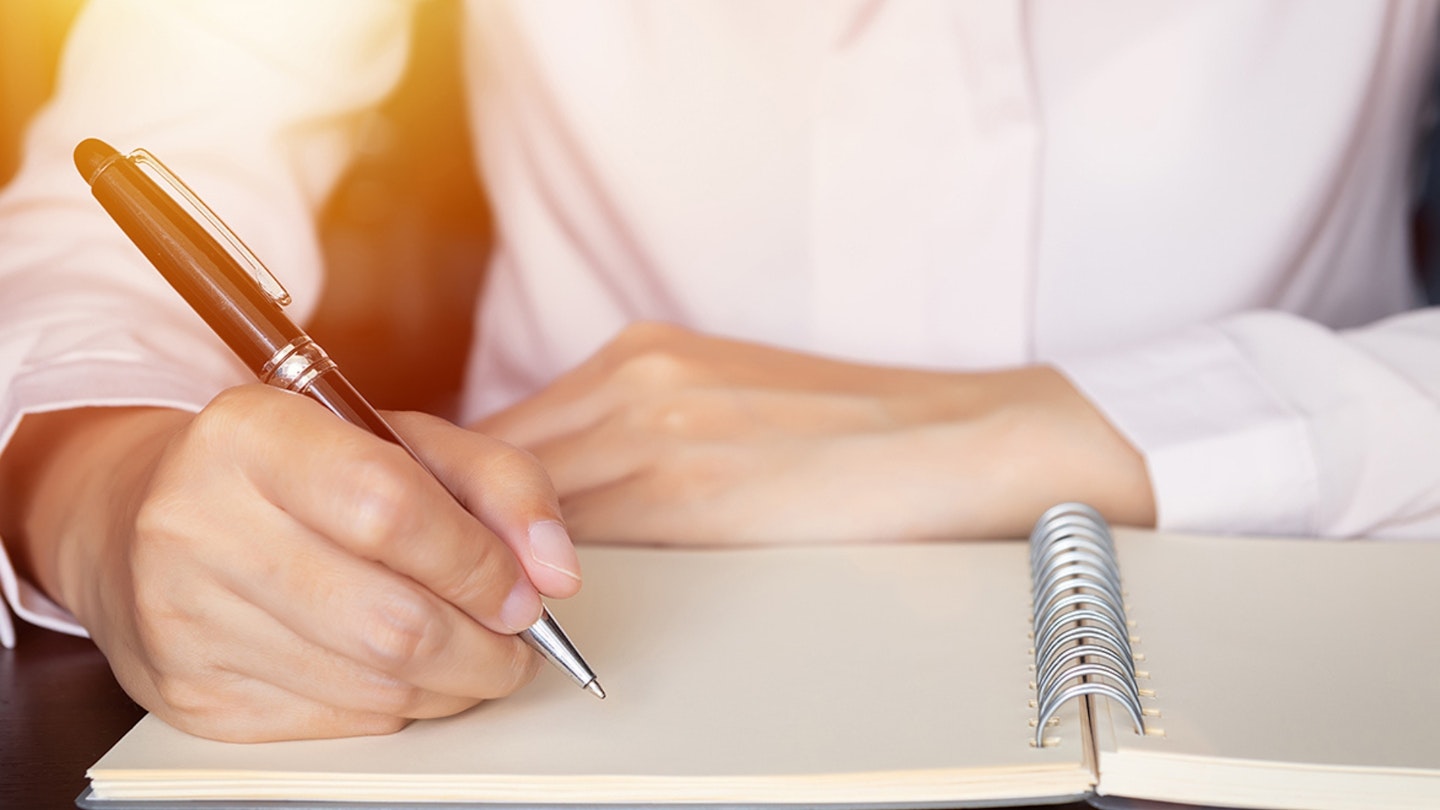
Dr Esmail cites stress as one of the causes of headache and migraine, “We actually call tension headache a stress headache, they are interchangeable terms,” he explains.
And Selina Wilson suggests trying one of her cognitive behaviour therapy (CBT) techniques to ease stress. The Hot Cross Bun Method involves addressing the way you think about a problem or stressful situation by mapping out how this affects your thoughts, feelings, physical body and behaviour. She suggests downloading an image from Google and mapping out your own ideas.
Selina explains. “The Hot Cross Bun Method prompts you to map out how an event or situation triggers a cognitive and behavioural reaction, causing you to retain tension in your body. By identifying the source of stress, you can achieve control and awareness of possible migraine triggers.”
Meet the experts
Dr Sanad Esmail is a Consultant Neurologist at Spire Norwich Hospital, he has a specialist interest in headaches. Visit spirehealthcare.com
Steph Weatherley is a Senior Information and Support Advisor at The Migraine Trust, a charity dedicated towards helping people affected by migraine. Visit themigrainetrust.org
Selina Wilson is a Cognitive Behavioural Hypnotherapist. She runs her own clinic at selinawilsontherapy.com
Eloise Skinner is a yoga instructor and massage therapist. Visit eloiseskinner.com
Annabelle Lee is a Lifestyle Editor at Bauer Media. She specialises in health, wellness and lifestyle celebrity content.
Annabelle studied Journalism at The University of Sheffield and started her magazine career at Cosmopolitan in 2010. She has since worked across a wide range of women’s interest magazines and remains passionate about writing and long form features. Her favourite part of the job is that she gets to constantly learn new things, interview fascinating experts and share their advice with readers.
